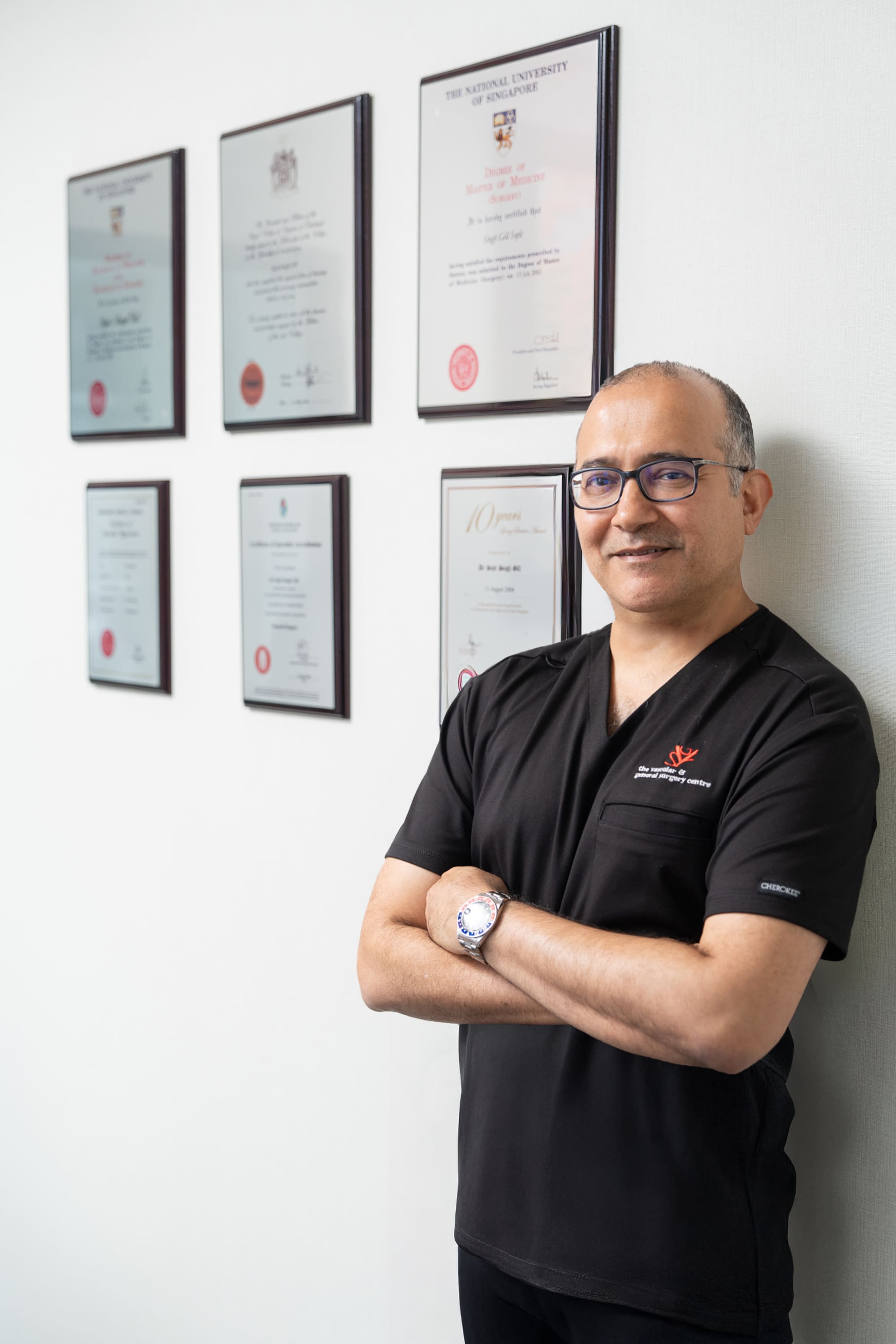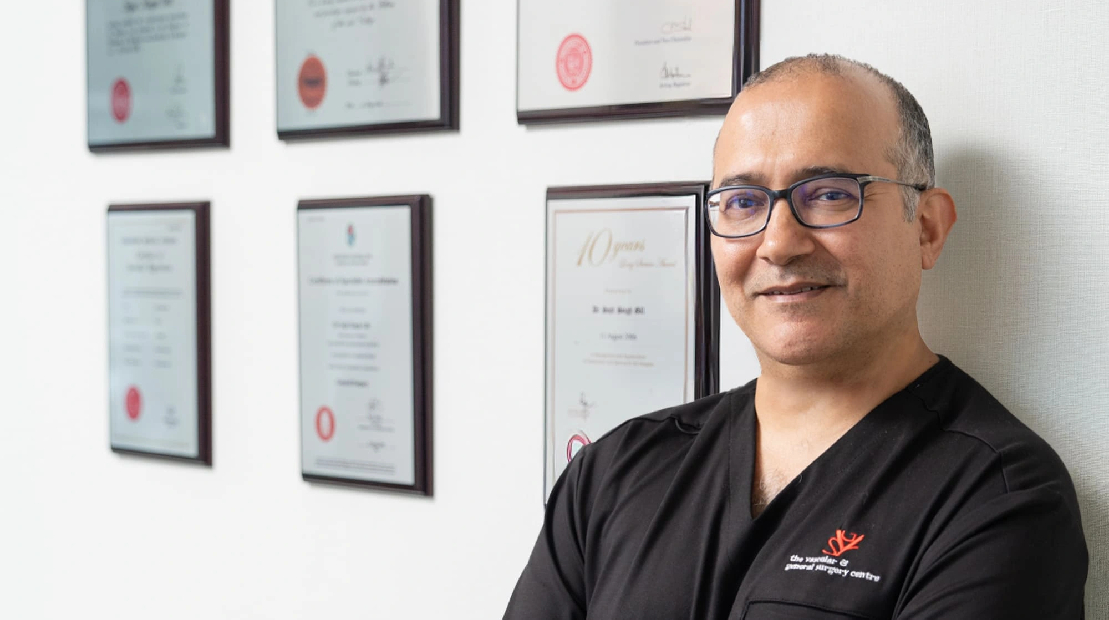At first glance, spider veins and varicose veins may seem alike. They both affect the veins, appear most commonly in the legs, and may be a source of cosmetic concern. However, these two conditions are not the same. While they share some causes and risk factors, they differ significantly in terms of appearance, symptoms, and medical significance

For a consultation, please contact us at +65 6736 2302 or fill up the form below and we will get back to you as soon as possible



